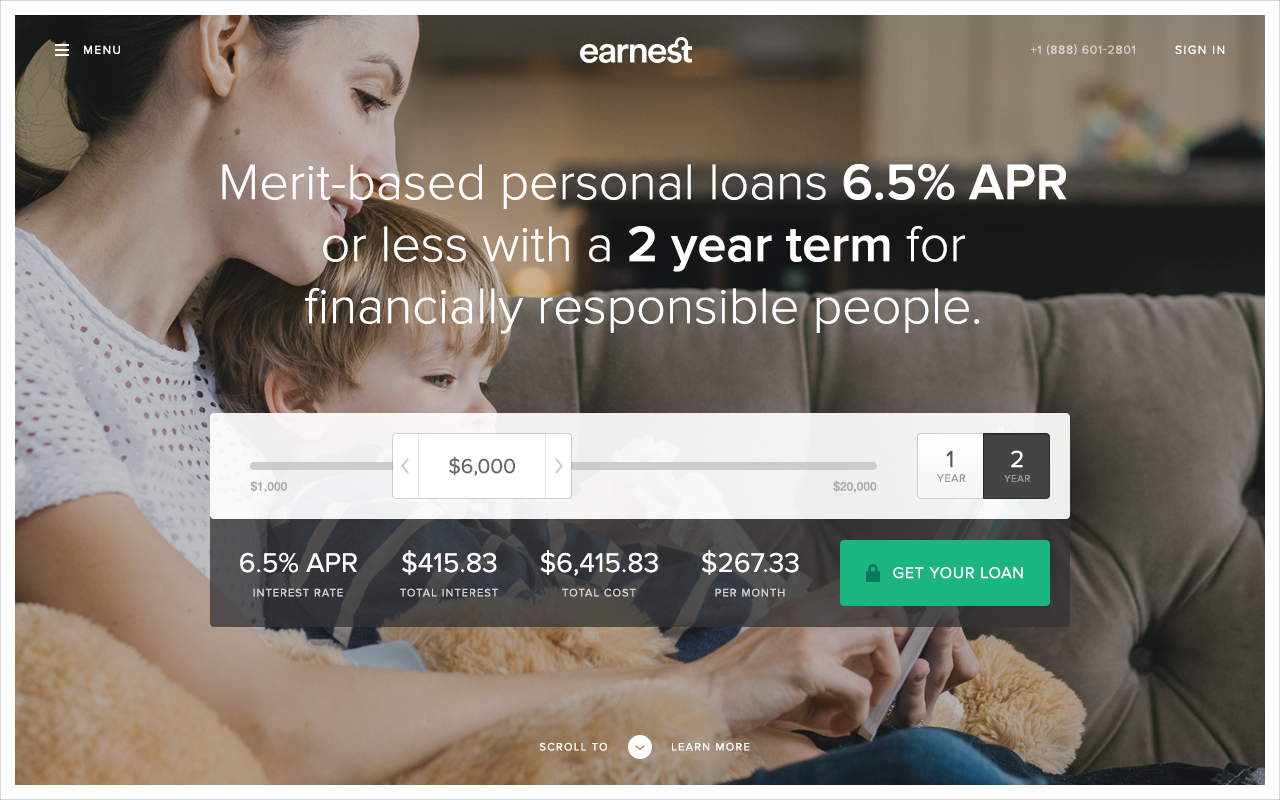 A Q&A with 6Sense co-founders Amanda Kahlow and Viral Bajaria. The San Francisco-based startup, which offers a marketing intelligence platform to help sales teams better target prospects, last week announced the closing of a $12 million Series A funding round. Investors in the round were Battery Ventures, Silicon Valley Bank and Venrock. It was founded in 2013.
A Q&A with 6Sense co-founders Amanda Kahlow and Viral Bajaria. The San Francisco-based startup, which offers a marketing intelligence platform to help sales teams better target prospects, last week announced the closing of a $12 million Series A funding round. Investors in the round were Battery Ventures, Silicon Valley Bank and Venrock. It was founded in 2013.
SUB: Please describe 6Sense and your primary innovation.
Kahlow: 6Sense is a B2B predictive intelligence engine for sales and marketing. We use time-sensitive behavioral data and proprietary machine-learning algorithms to uncover net-new companies and contacts at every stage of the sales funnel, and prioritize known prospects that are ready to buy now. In a nutshell, 6Sense predicts what products prospects will buy, how much they will buy, and when.
SUB: Who are your target markets and users?
Kahlow: We currently serve B2B enterprise and mid-market companies.
SUB: Who do you consider to be your competition, and what differentiates 6Sense from the competition?
Kahlow: The primary difference between 6Sense and its competition is that our competitors focus on scoring existing contacts and leads that are already known to sales and marketing. Instead, 6Sense uncovers prospects at every stage of the sales funnel, from top-to-bottom. Sixty-to-90 percent of B2B purchasing decisions happen before a customer makes it into a company’s sales and marketing systems. Prospects can do a lot of research and decision making while remaining unknown to sales and marketing, which means sales people are calling customers who are not ready to buy. To fix this inefficiency, 6Sense ties together all types of data from its customers—behavioral and descriptive—and predicts when they’ll be ready to buy. We use data to eliminate the guesswork.
Bajaria: Instead of providing a static ranked score, 6Sense provides actionable information, including where the buyer is in the sales cycle, what they will buy, how much they will buy, and what channels to reach them. We’re able to make predictions with an 80-plus percent accuracy rate—and this has been validated by our customers—by relying on tremendous volumes of unknown activity data, or behavioral data, across the web to detect buying signals.
SUB: You just announced that you’ve raised $12 million in Series A funding. Why was this a particularly good time to raise more outside funding?
Kahlow: We spent a year in stealth to build our product and acquire the enterprise customers we have today. I am the kind of person that doesn’t like to talk about success before we have proven results, and now that we’ve delivered such great results for our first customers, we’re ready to tell everyone about 6Sense.
SUB: How do you plan to use the funds, and do you have plans to seek additional funding in the near future?
Bajaria: Our first commitment is to our customers, and so we plan to use the funding to build out additional product features. We’ll also be using the funds to ramp up our sales team and marketing efforts.
SUB: What was the inspiration behind the idea for 6Sense? Was there an ‘aha’ moment, or was the idea more gradual in developing?
Kahlow: 6Sense is based on a real business need that we identified while working with Cisco in a service capacity. There definitely was an ‘aha’ moment. I was delivering results to Cisco to a table of marketing executives. Suddenly one of them dramatically stopped the conversation, looked at me and said: “Amanda, do you know what you are building here? You know our customers are going to buy before they even know they are going to buy.” The room moved to a discussion about sending customers a PO before the rep calls the customer. This was the moment I knew we had something game-changing. I knew I no longer could be a modest services business and that I needed to build a scalable, repeatable product.
SUB: What were the first steps you took in establishing the company?
Kahlow: 6Sense grew out of a big data consulting project for Cisco four years ago. I had the business case, and needed to find the right product team. I was introduced to Viral Bajaria and my three other engineer co-founders who had formed a Y Combinator company, called GrepData, focused on big data predictive analytics. Together, we formed 6Sense in 2013.
Bajaria: As Amanda mentioned, she had the proven business case, but needed the right product team. For the Grep Data team it was the opposite; we had the product, and we needed the business side of things. It really was the perfect match.
SUB: How did you come up with the name? What is the story or meaning behind it?
Kahlow: We are providing sales and marketing teams with a ‘sixth sense’ by enabling them to predict when and what their targets are about to purchase, hence the name 6Sense.
SUB: What have the most significant challenges been so far to building the company?
Kahlow: There is so much potential within the predictive intelligence space that the most significant challenge we face is prioritizing all that we want to accomplish. We do this by listening to our customers and ensuring that we’re building solutions that solve their pain points above all.
SUB: How do you generate revenue or plan to generate revenue?
Kahlow: We have a subscription that our customers sign up for on an annual basis.
SUB: What are your goals for 6Sense over the next year or so?
Kahlow: We have a very clear vision: Help our B2B customers use data to fundamentally refine and improve their marketing and sales systems, in every way. Using our expertise in big data and predictive modeling, we know we can grow businesses—we’ve proven it over the past year during stealth, and look forward to continuing to prove it in the years to come.













